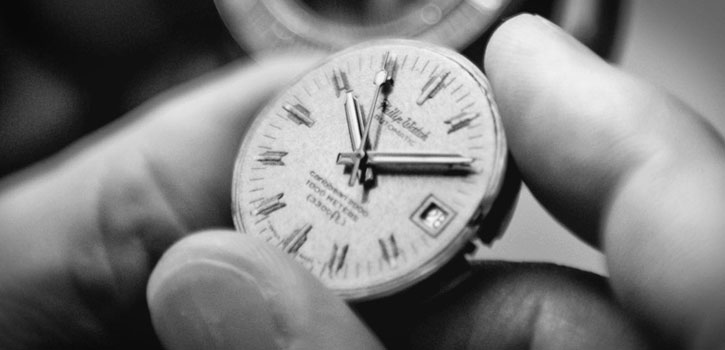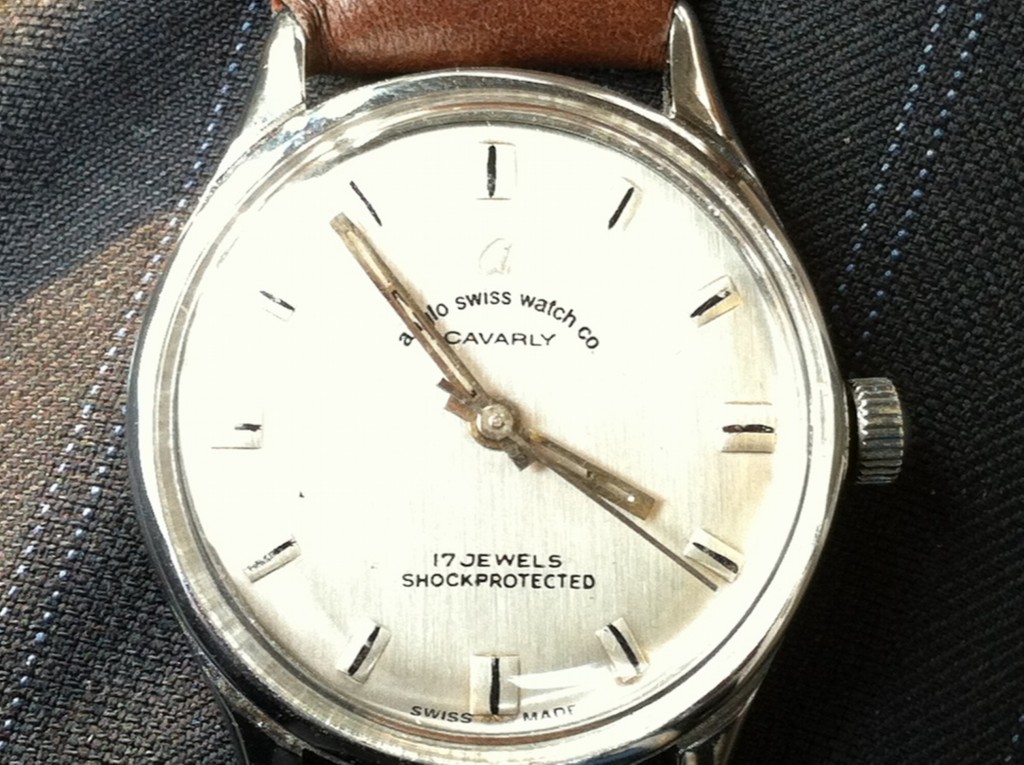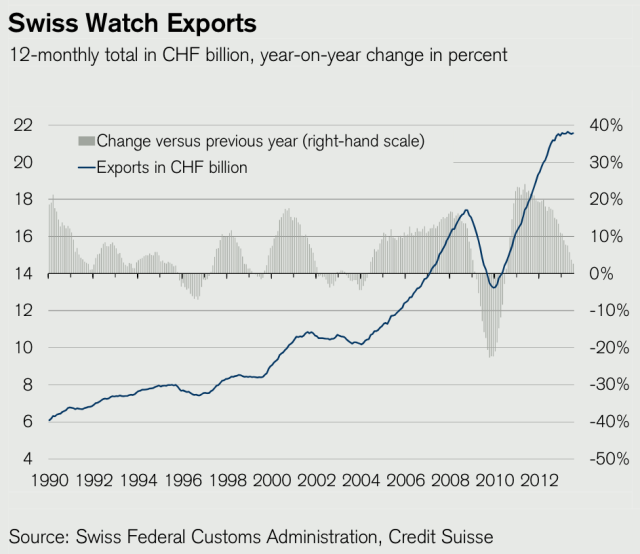A brief history from the Swiss watch is lengthy and filled with challenges. It needed to undergo a great deal to be where it’s today, probably the most highly regarded as watches on the planet. The Swiss watch industry first made an appearance in Geneva in the center of the 16th century. Jean Calvin banned the putting on of jewels in 1541 which brought to goldsmiths and jewelry retailers embracing the craft of the watchmaking industry. A hundred years later Geneva grew to become crowded with watchmakers lots of them left the town towards the Jura mountain tops. It had been here that the goldsmith through the title of Daniel Jeanrichard introduced the division at work in the watchmaking industry. By 1790 Geneva had been making and conveying greater than 60,000 watches. For any couple of centuries watches were very costly and were status symbols for that wealthy. These watches which were produced in Geneva were praised for his or her top quality and precision, prior to today where they are still the renowned watches on the planet. Many inventions and improvements assisted within the good reputation for the Swiss watch. The standard along with the number of watches having a concentrate on technology and search assisted build the Swiss watch image.
It had been within the 1800s the craft of creating wrist watches grew to become prevalent so when the word of “Swiss Made” was formally adopted. What sparked major interest for wrist watches was that in The First World War many watches were too cumbersome to be used a lot of soldiers used a watch on their own wrist by utilization of a strap or something like that of comparable fashion. After WWI wrist watches grew to become very popular and also the traditional round shape was utilized all over the world in 1960. Mass manufacture of watches started at the beginning of the twentieth century because of technology introduced. The elevated productivity, interchangeability of parts, and standardization assisted within the good reputation for the Swiss watch to become where it’s today. Europe is renowned for getting produced the very first watch, the very first quarta movement watch, the very first water-resistant watch, the slimest watch on the planet, the littlest and also the most costly watch on the planet.
However it wasn’t all well within the good reputation for the Swiss Watch. Throughout the 1970’s the experienced a decrease in size because of quarta movement technology and also the harsh economy. Getting skipped on the electronic revolution amongst having a financial crisis the amount of employees dropped from ~90,000 in 1970 close to ~30,000 back in 1984, remaining fairly stable till today (40,000 in 2004 with many companies employing fewer than 100 people). Since that time the Swiss watch industry has again raised in recognition, thanked usually by their creativeness, tradition, craftsmanship, technology, in addition to their resilience.
The watchmaking industry comprises Switzerland’s third biggest exports, following the machine and chemical industries. 95% of Swiss watches are released all over the world plus they vary from quarta movement watches to mechanical works of art. Nearly 90% from the watches produced in Europe are electronic using the remaining 10% mechanical watches, although mechanical watches take into account over half the exports when it comes to value. The 3 greatest clients of Swiss watches come from the United States, Hong Kong, and Europe (Italia, Germany, and France are leading clients). Getting was the ages the still stands among the titans in Swiss economic businesses and also the good reputation for the Swiss watch an inspiring story of rising towards the challenge. It also broke its very own records in conveying from 4.6 billion dollars in 1986 to in excess of 20 billion this year! Europe is among the world’s biggest watch producers today. When it comes to value the makes up about 1 / 2 of the world’s production!





